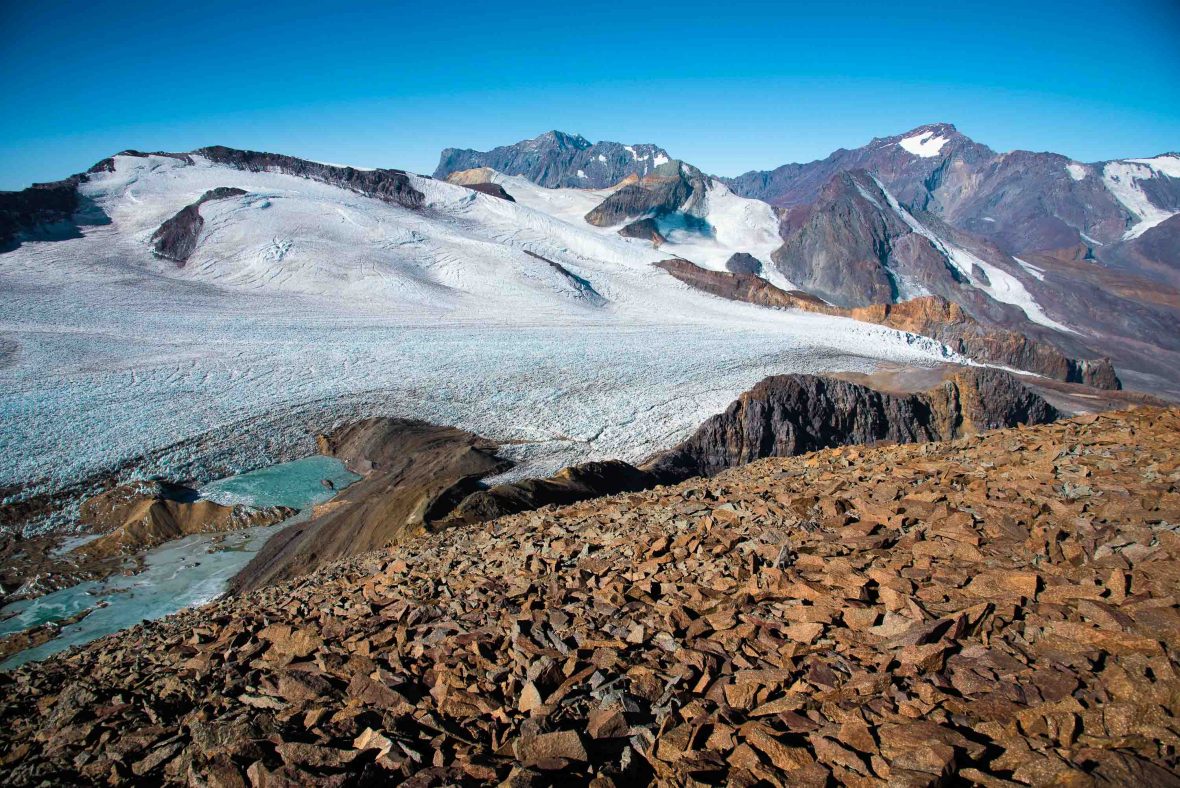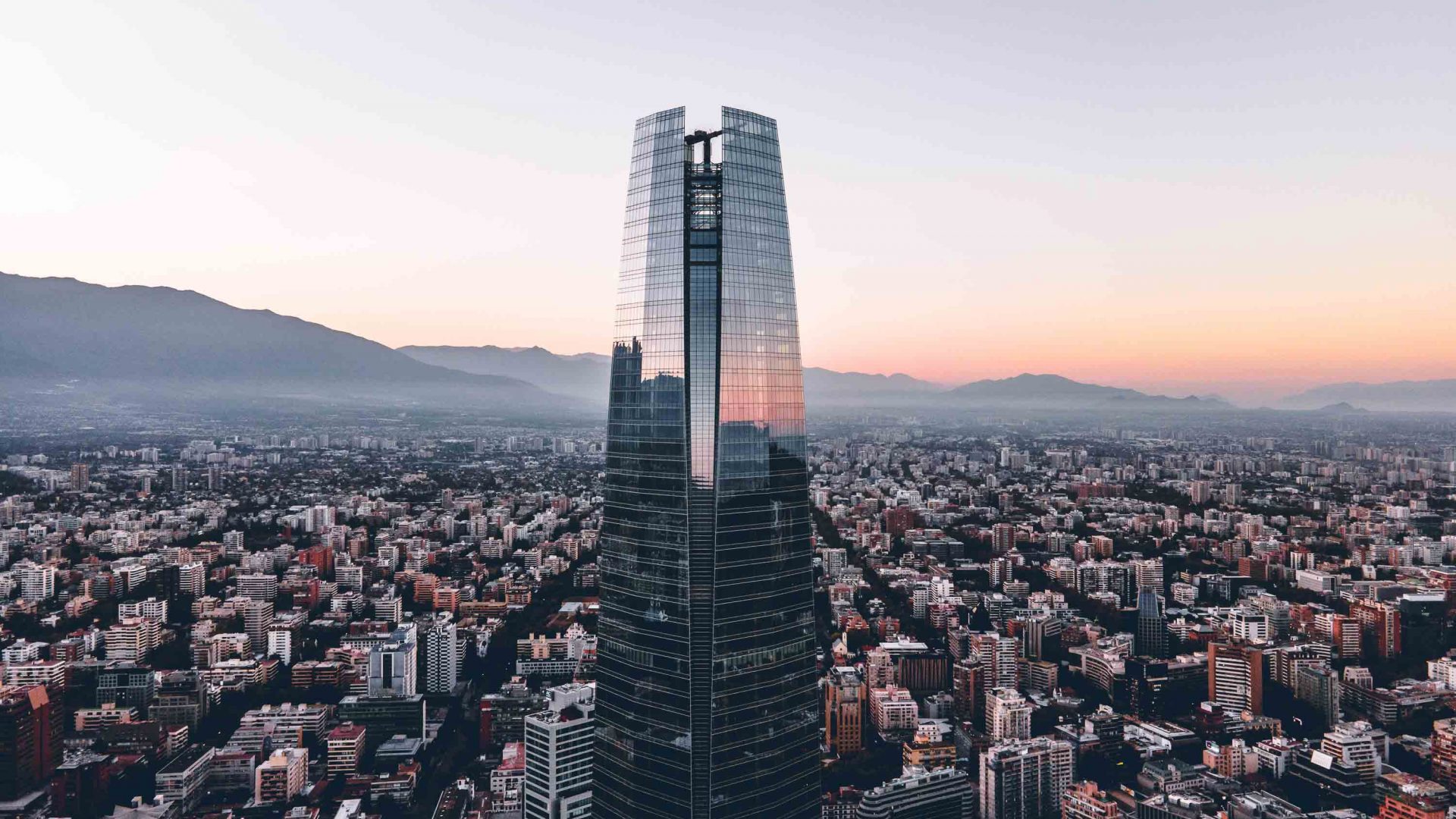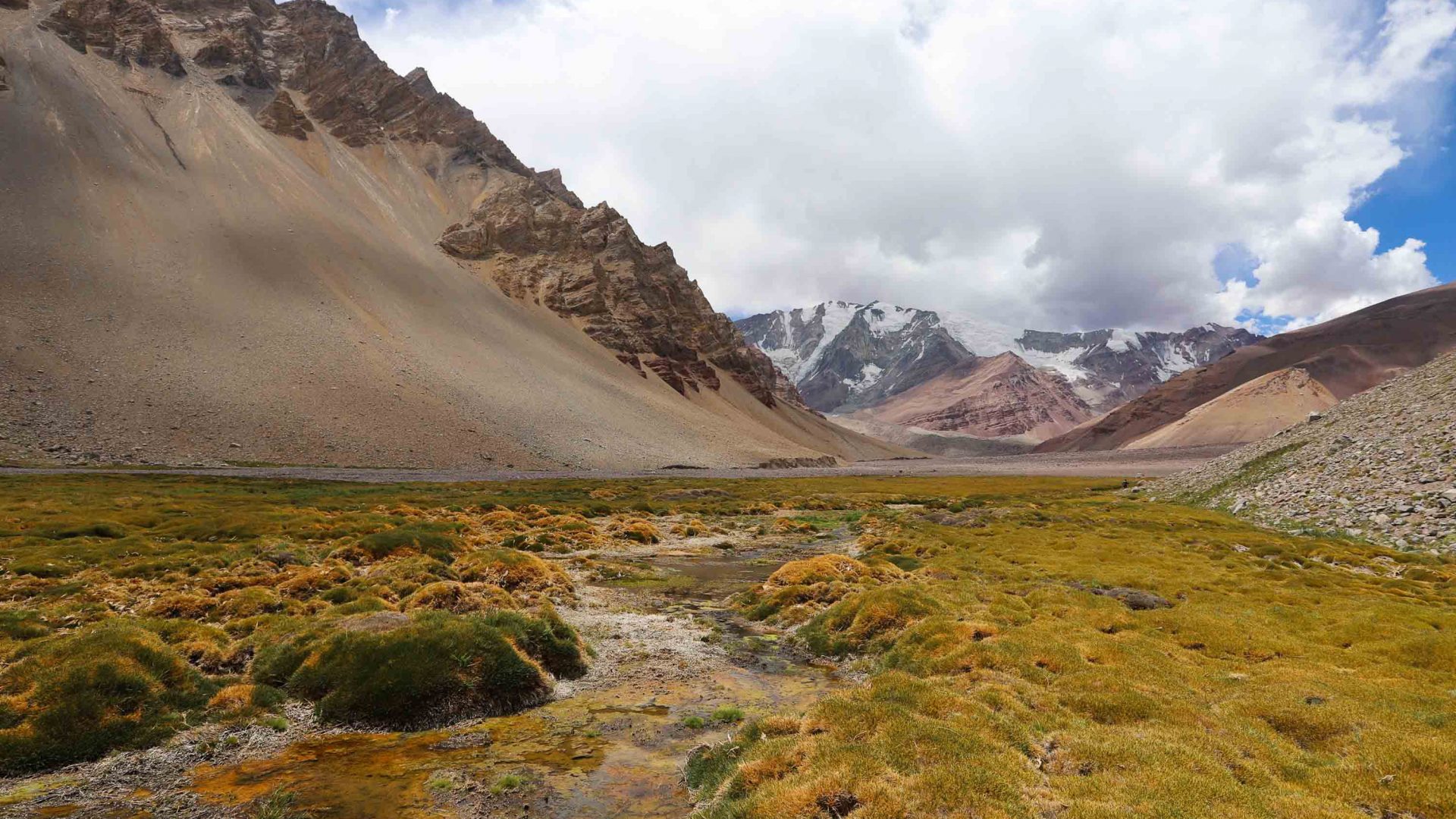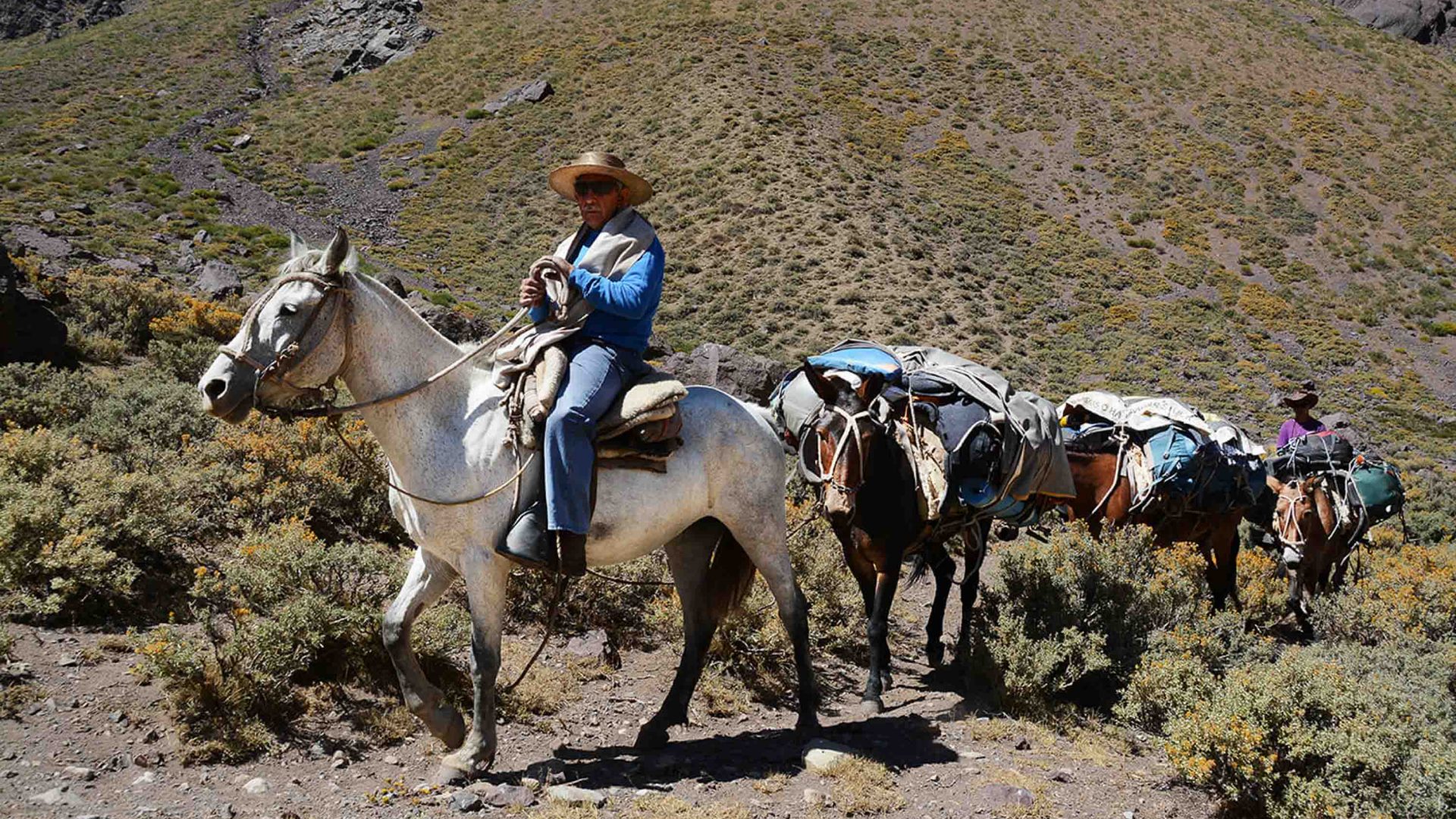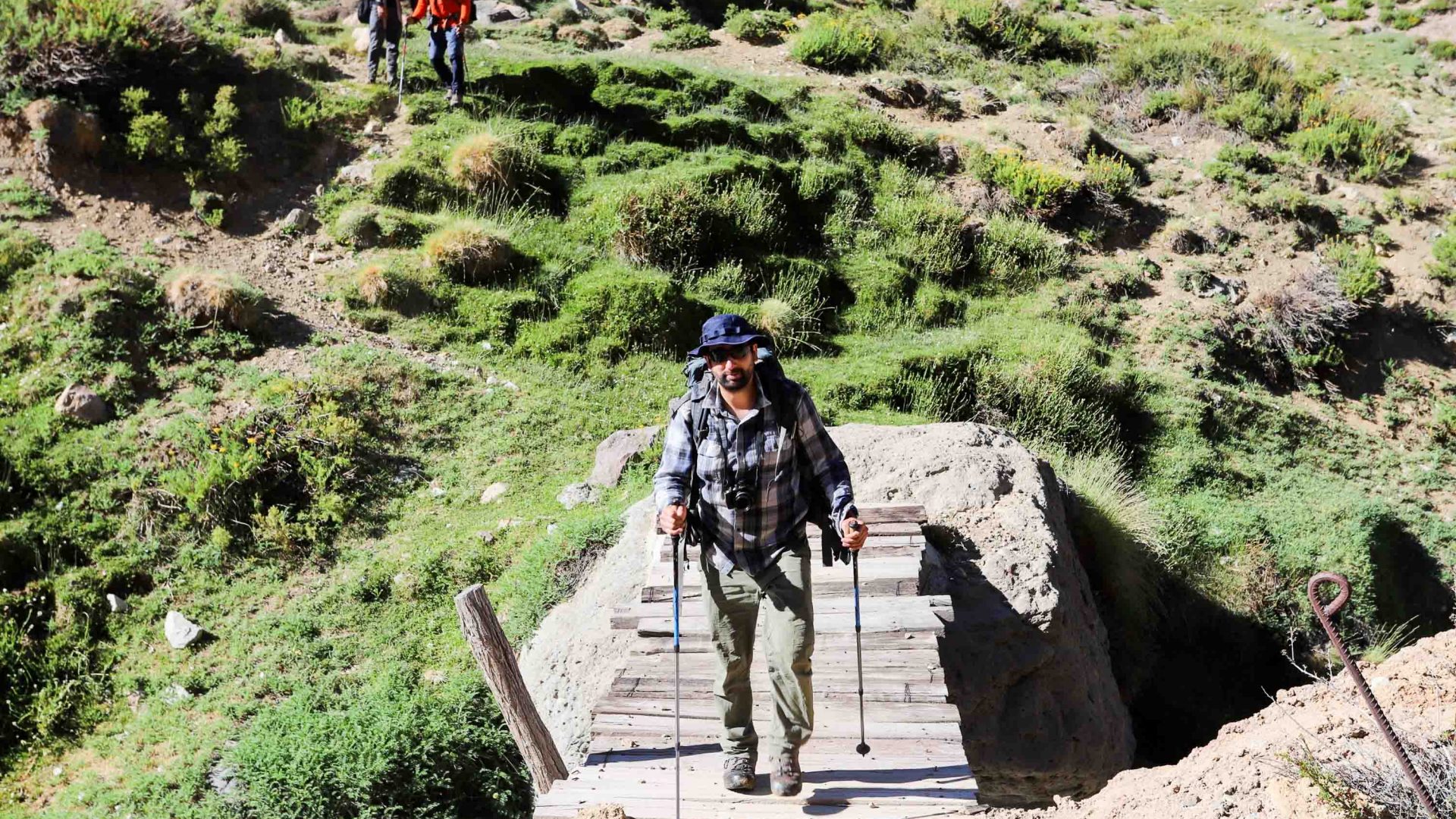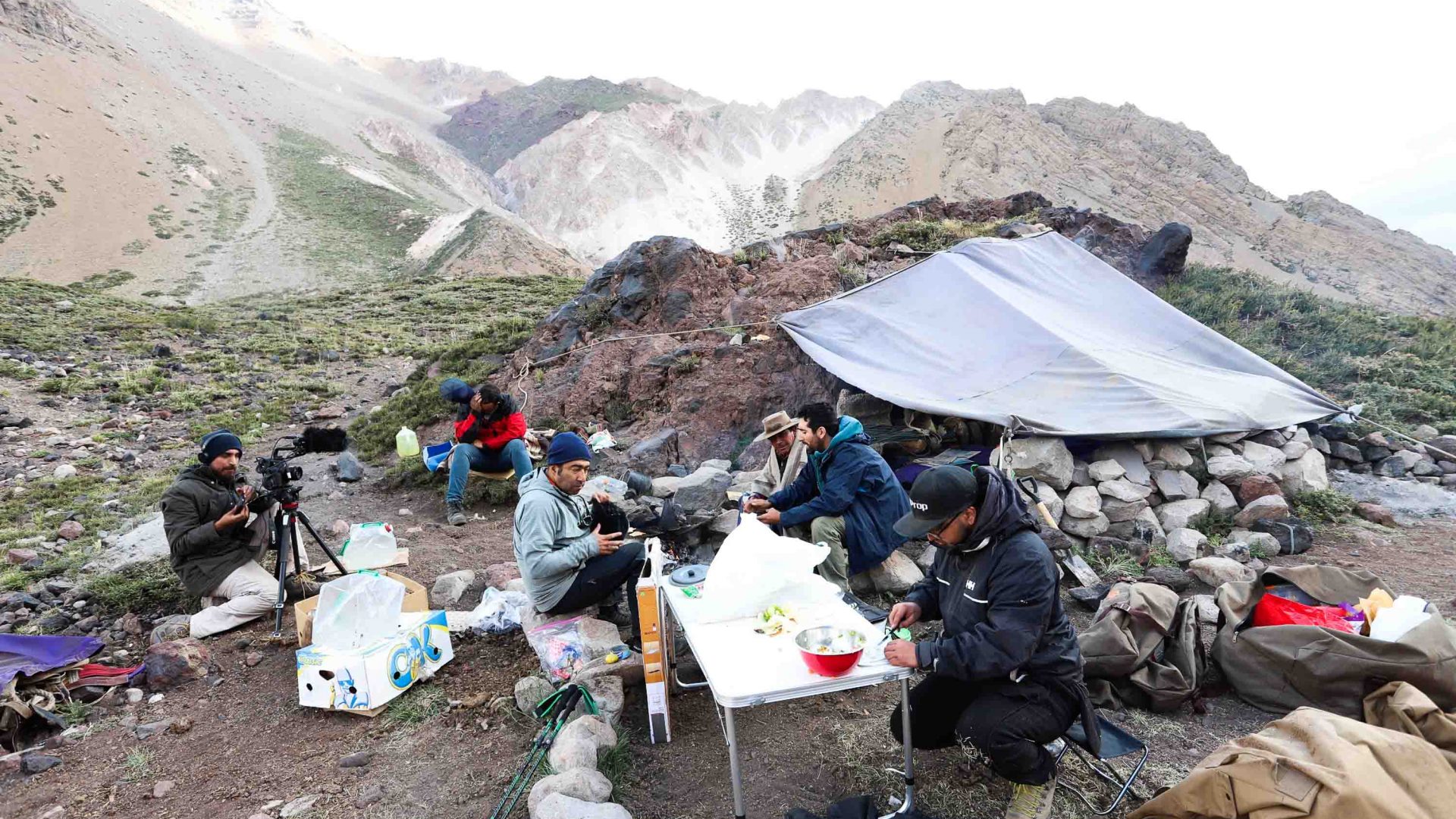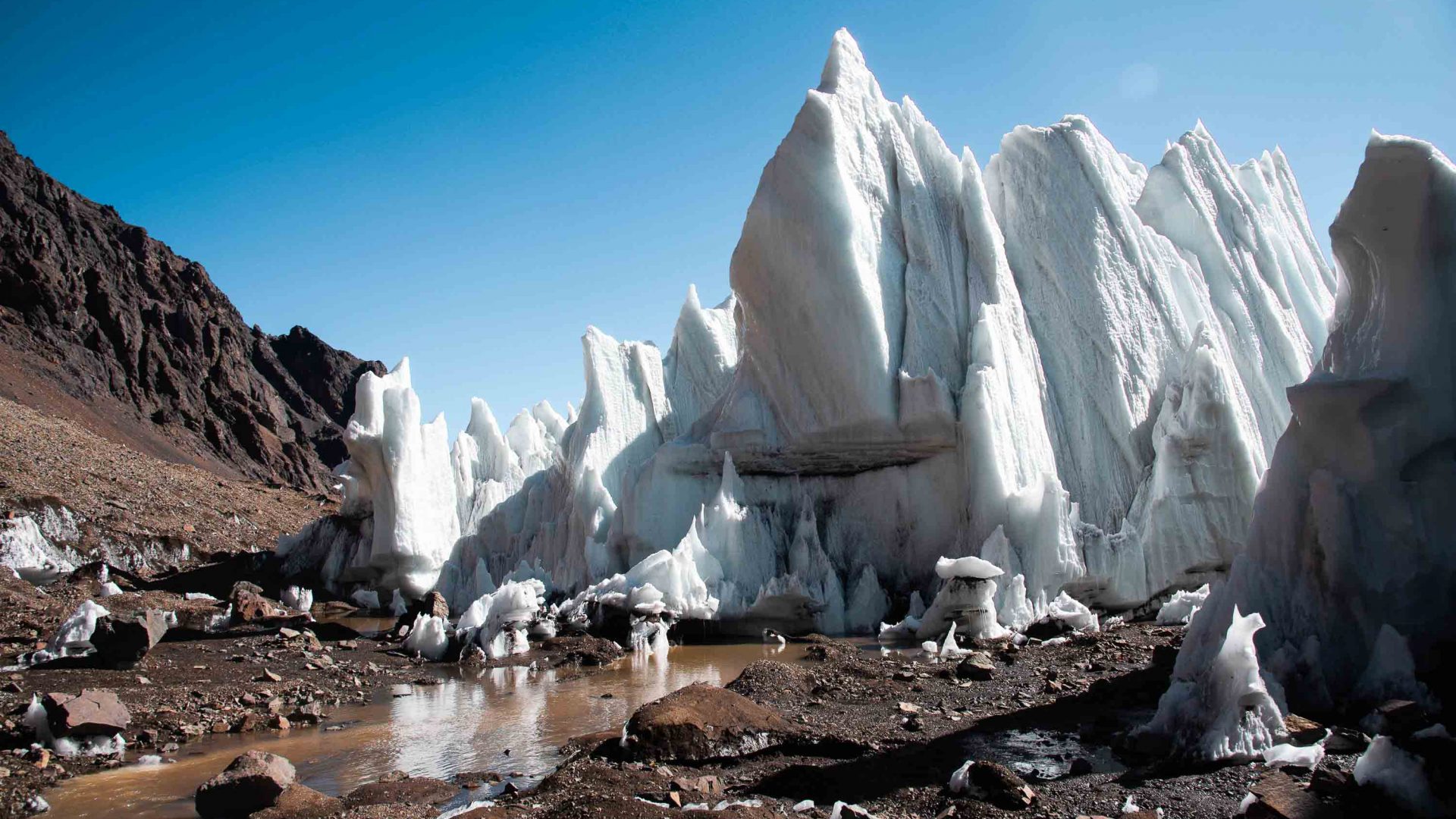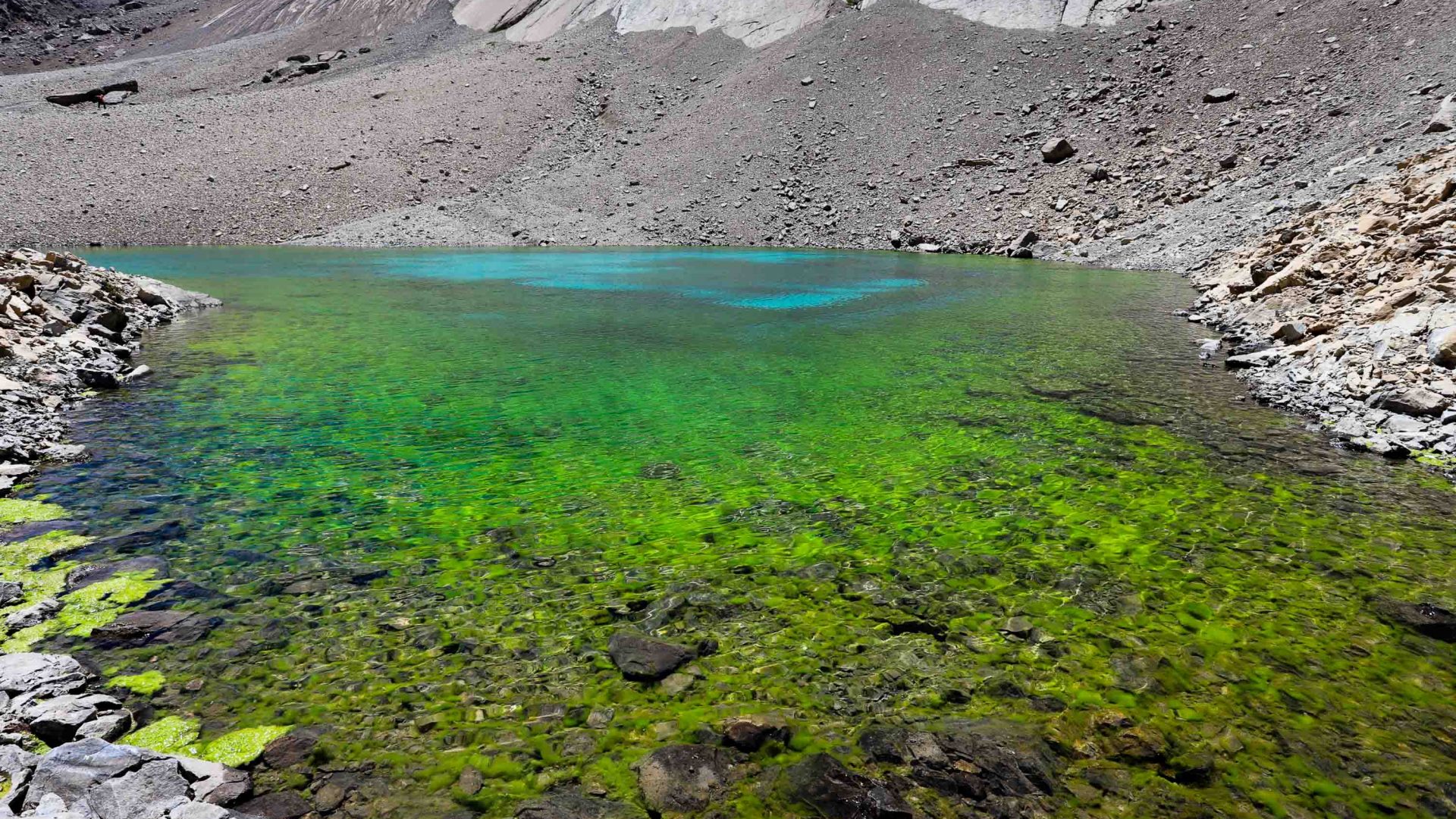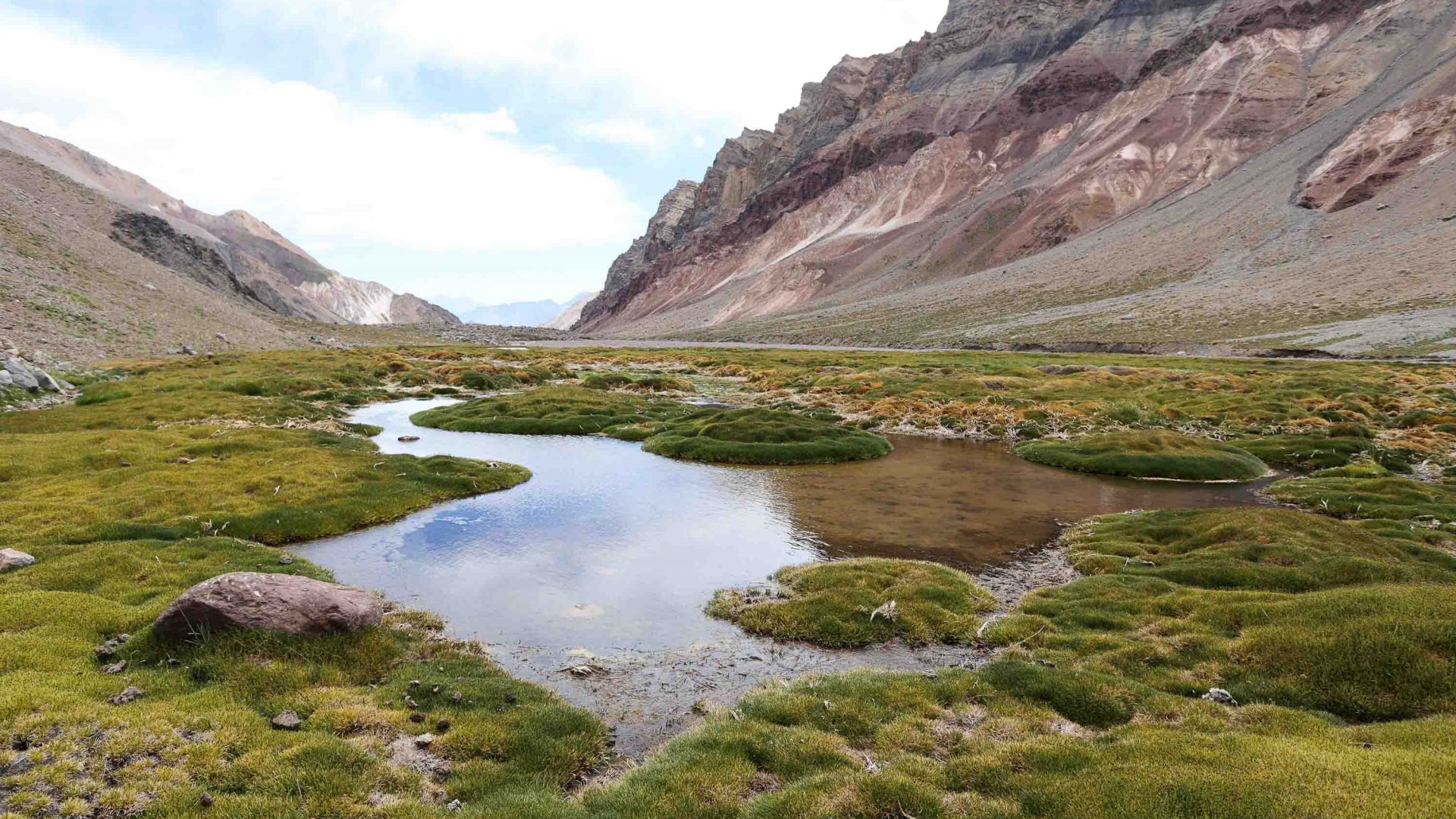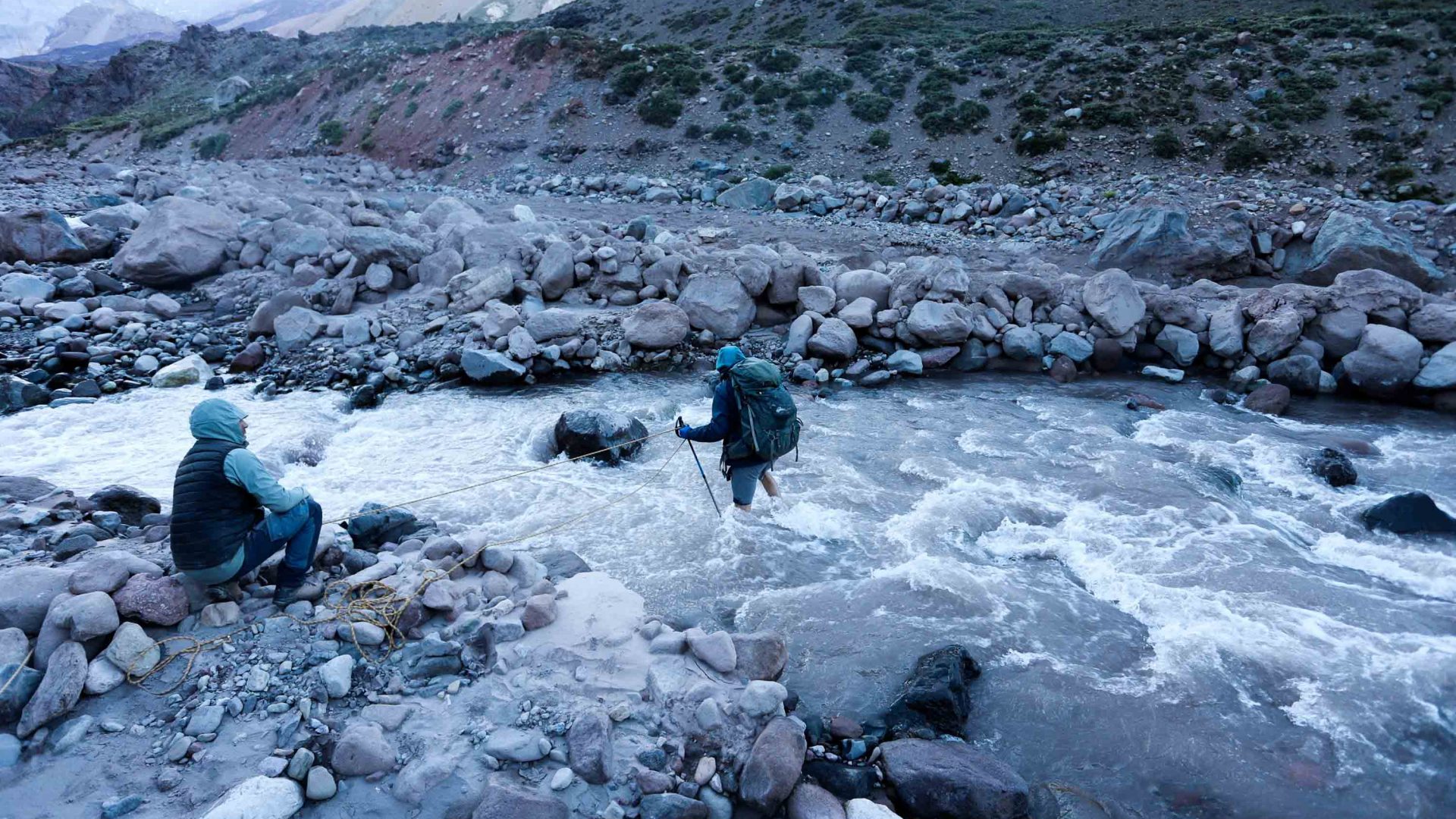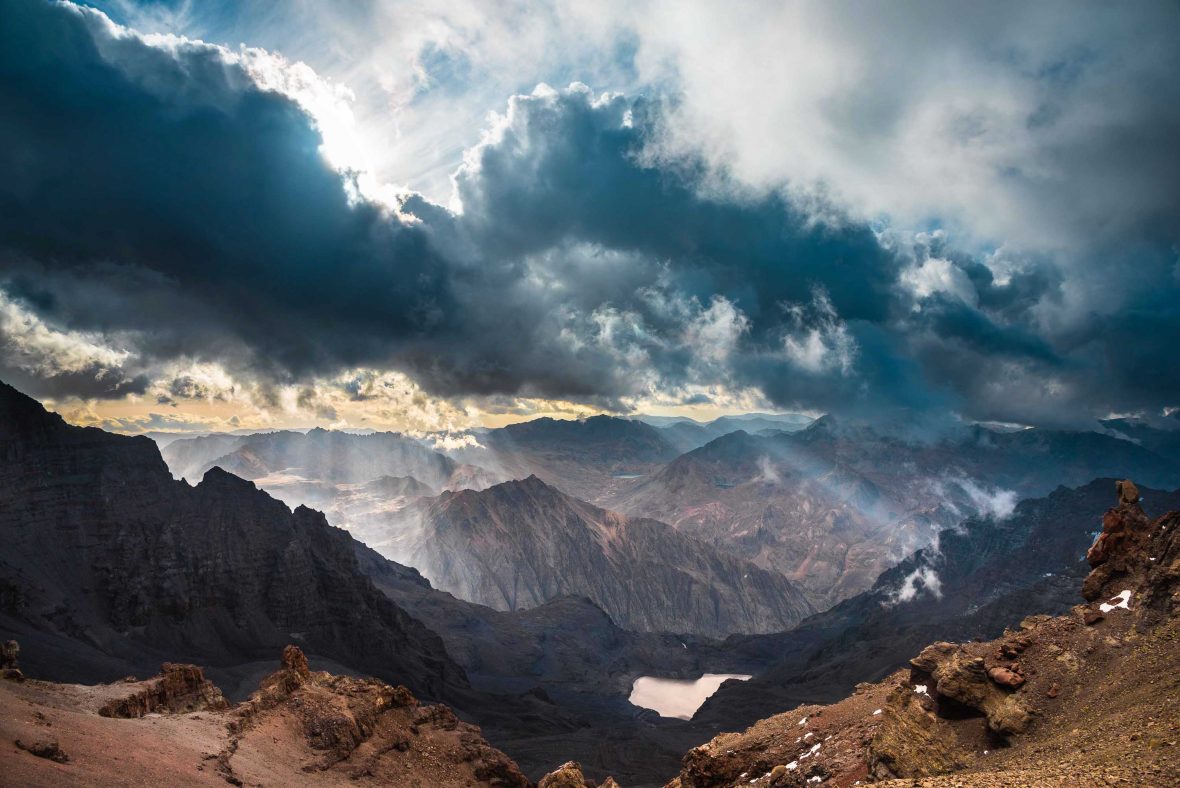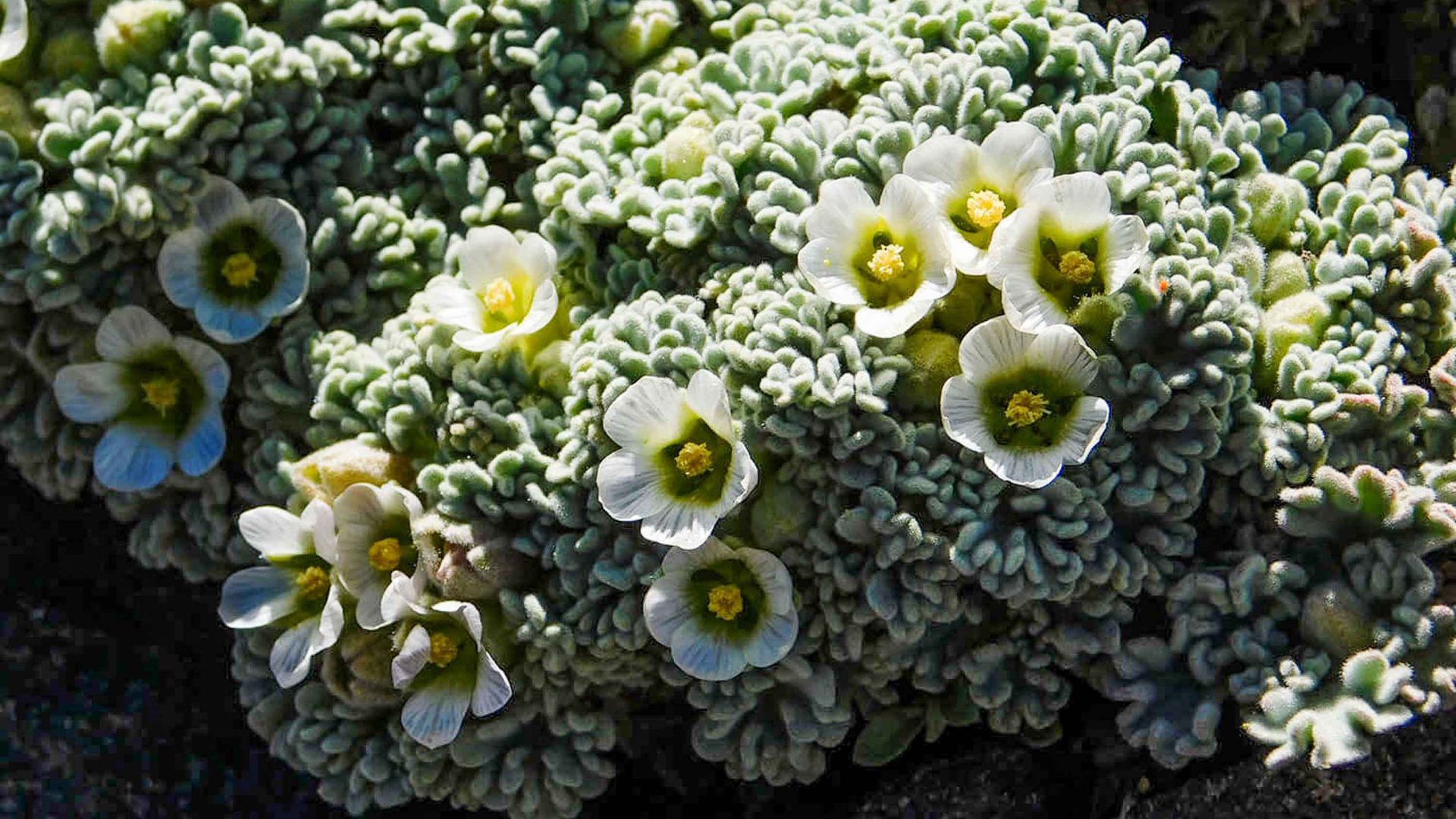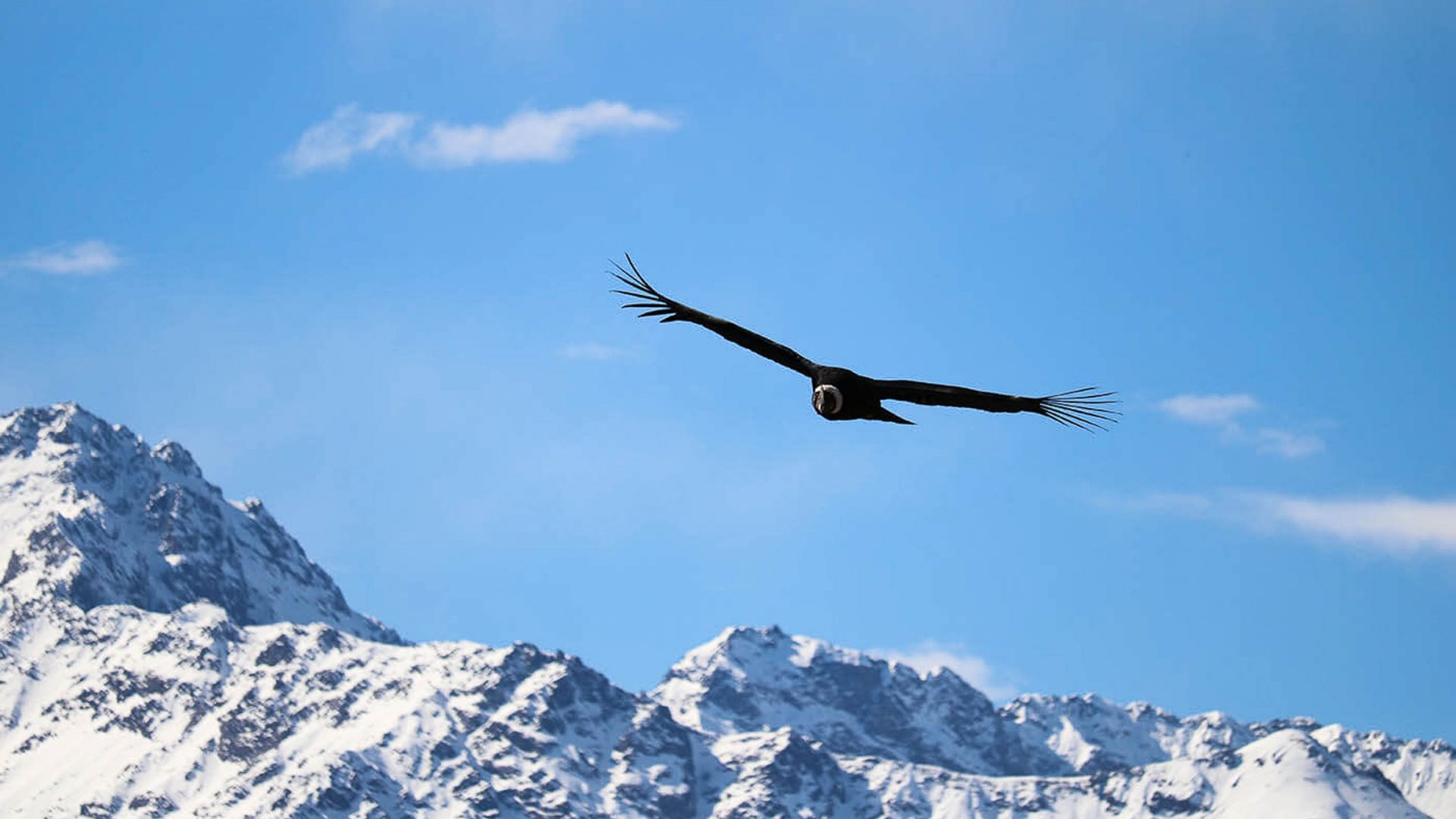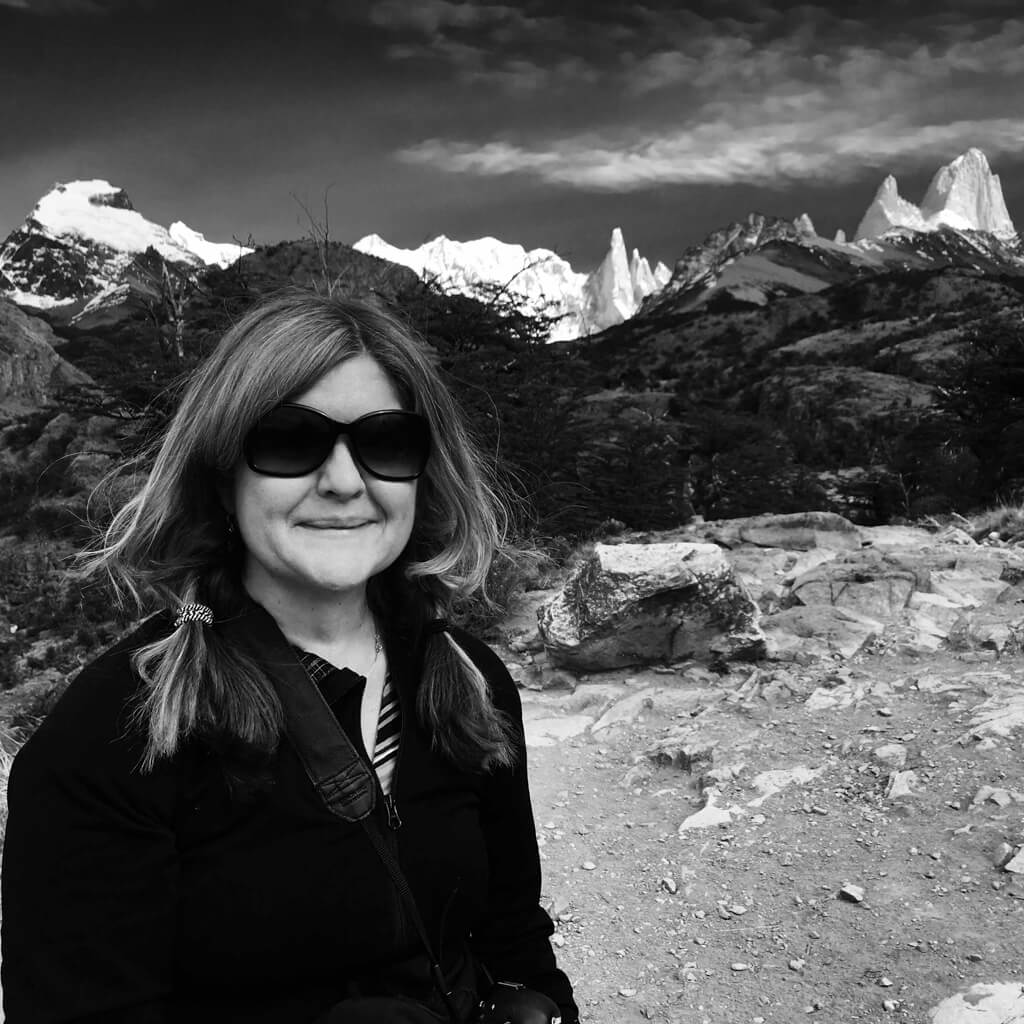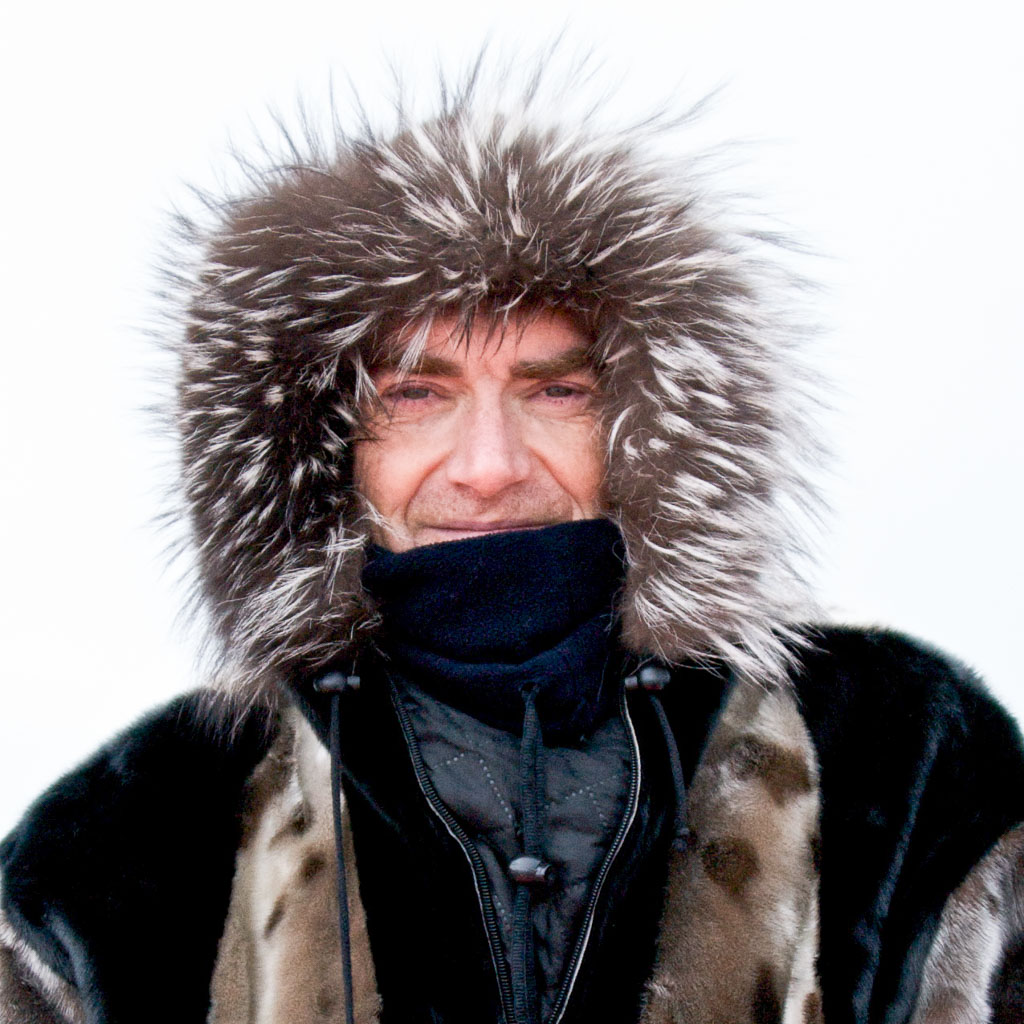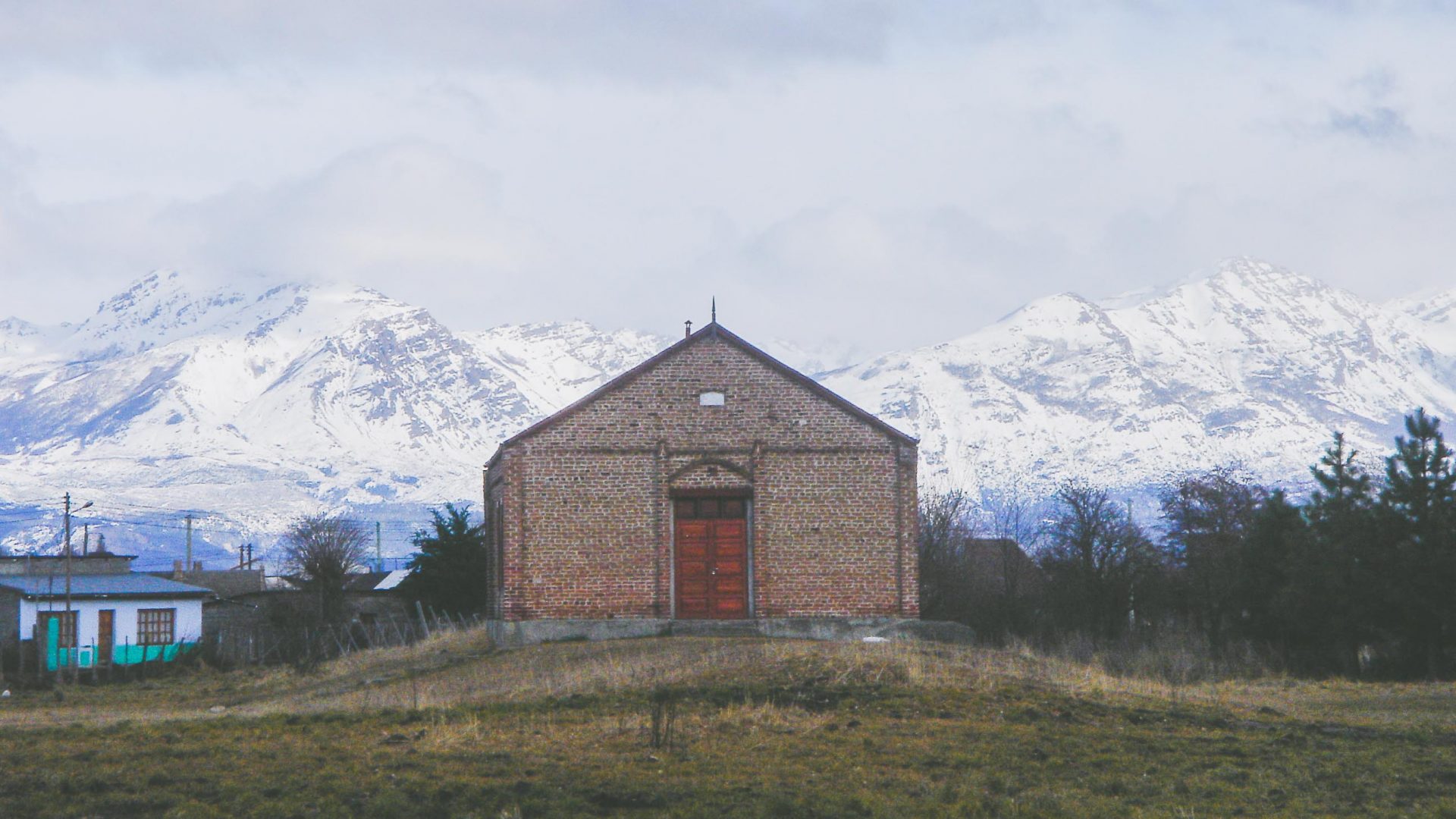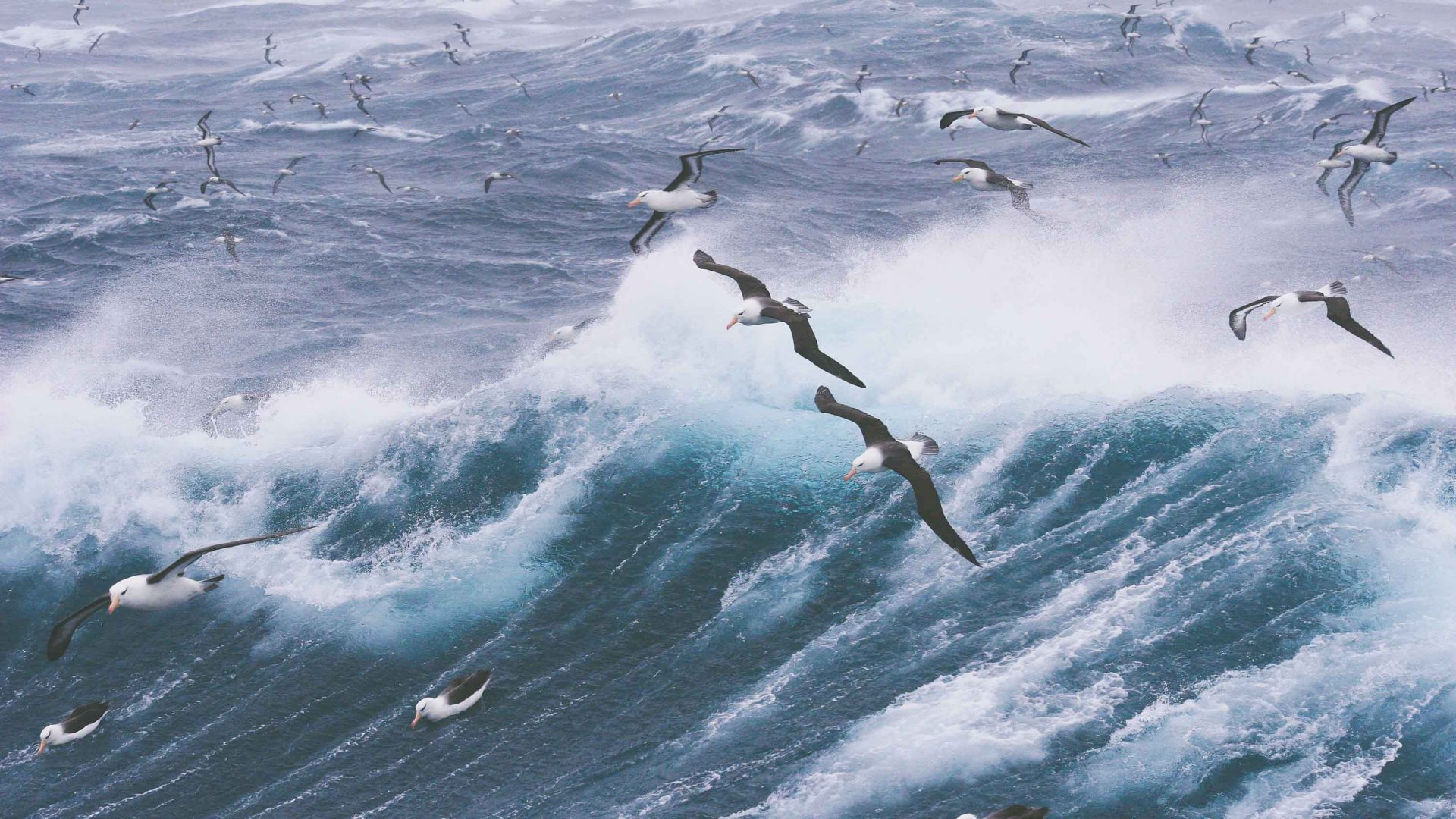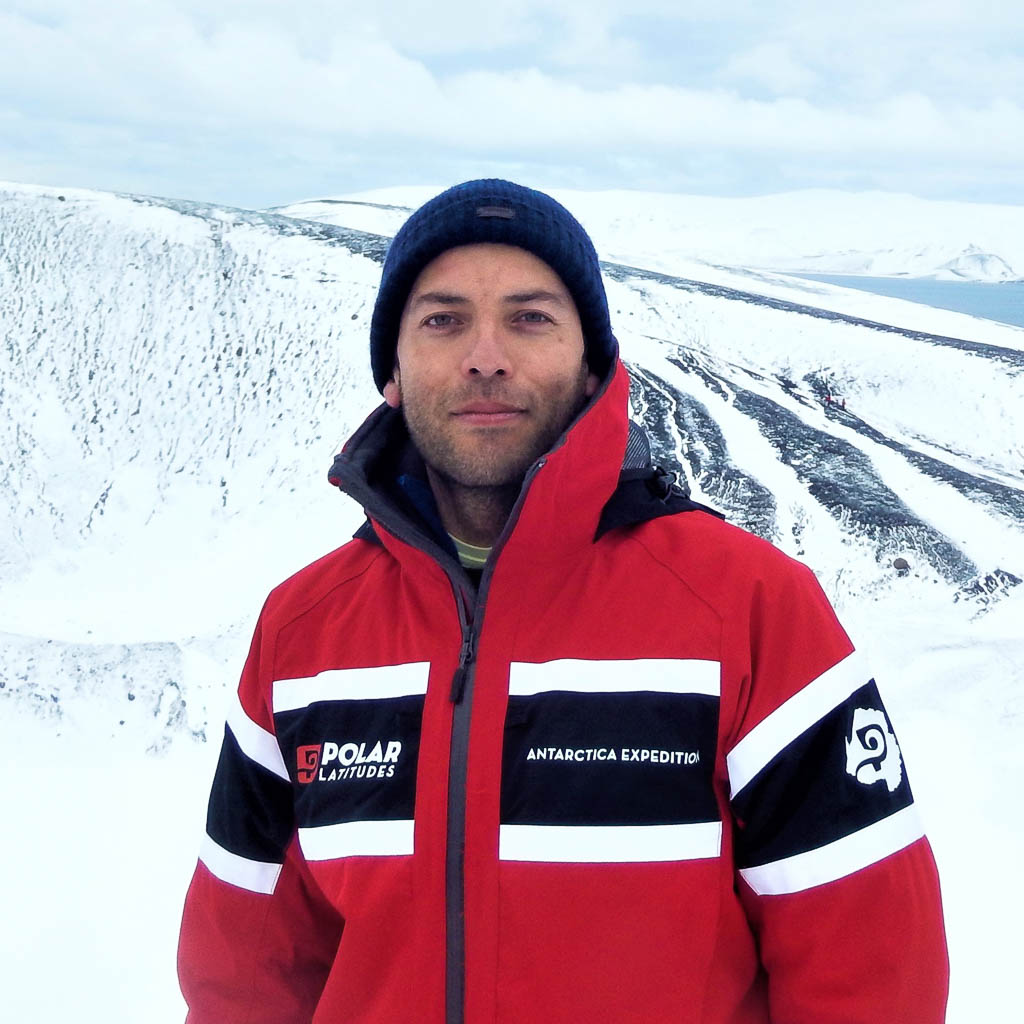There was a glacier crying frozen tears somewhere just beyond the ridgeline up above. They tumbled down the mountain in crystal-clear streams, landing in my cupped hands. I scooped the ancient water into my mouth. I splashed it across my sun-burnt face, and it stung my skin.
Rejuvenated, I hiked further up an arid slope to a distant viewpoint. It had been half-toppled in the brisk winds that regularly thunder through this alpine corridor. Yet, it was clear to me, standing there, surrounded by all that distant ice, why this place had finally earned some of the protection it deserves.
The emerald green Olivares River squeezed in raging rapids through a narrow valley below. Above, pearly white snow accentuated the toothy contours of hostile granite peaks. I’d stumbled across a vision, not unlike the Annapurna Region of Nepal—a place avid hikers liken to nirvana. Yet, this was a world away in the Andes of Central Chile, whose mountains are no less mighty though far fewer explored.
Pilar Valenzuela had brought me here to show me the Olivares and Colorado River Valleys—how they wiggle and wander and cleave scars into the Andes. She’s the campaign coordinator of Queremos Parque (“We Want a Park”), the grassroots environmental movement with more signatures (over 200,000) than any other in the history of Chile. It’s all about these valleys, some of which had once been army-owned, and how they should be protected as a national park.
“Chile has a long history of having everything private,” she said as we pushed onward through scree over to a pair of droopy maitén trees for some much-needed shade. “The mountains have owners. The rivers and lakes do, too. But to make environmental justice, we need more public protected areas for the people.”



